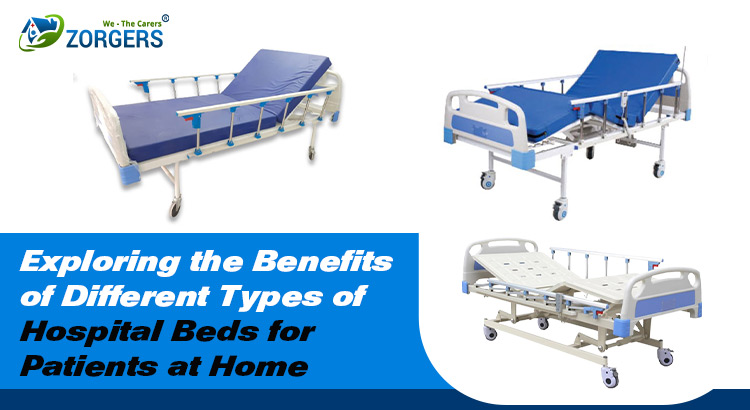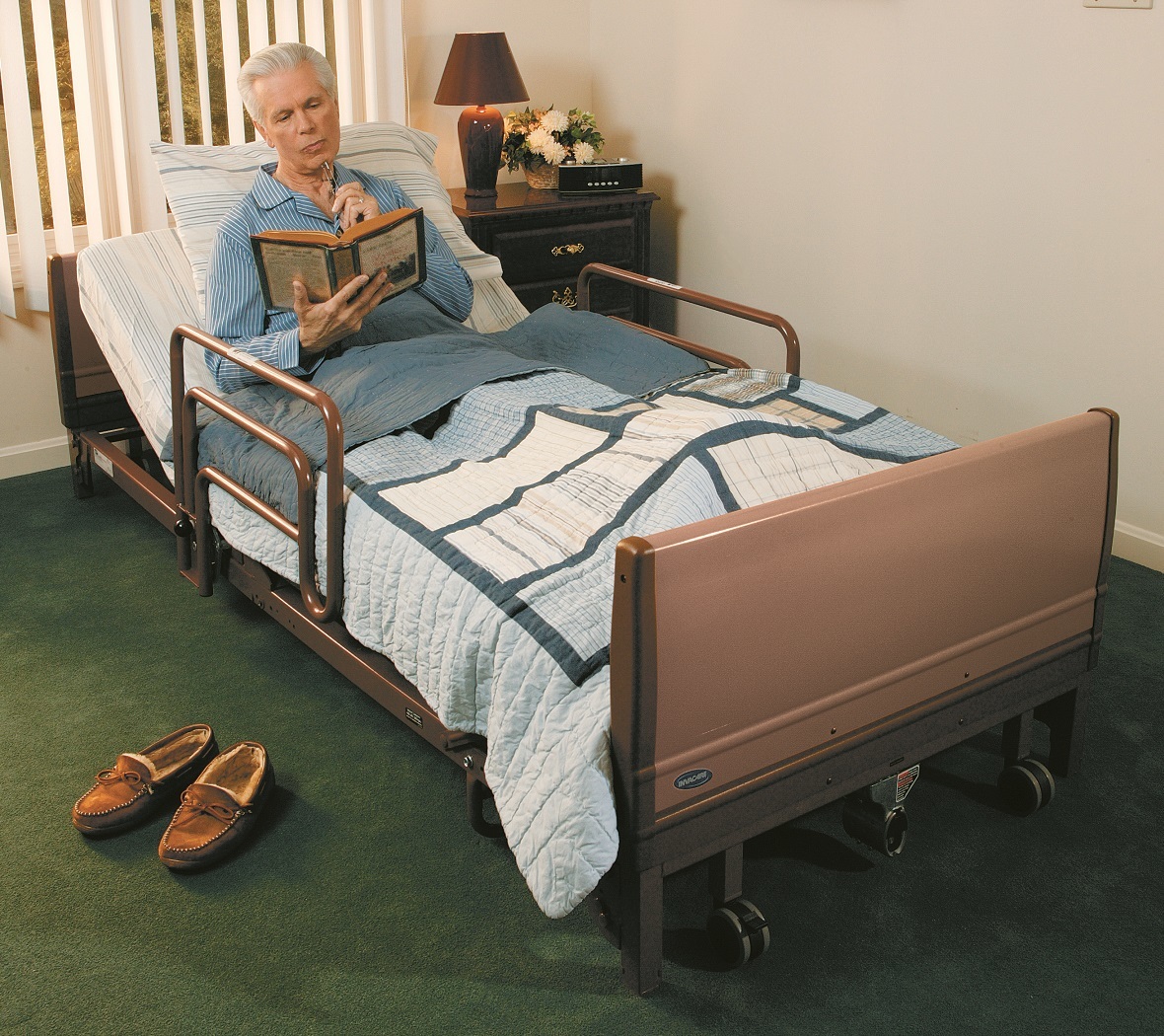Some Known Details About Hospital Beds For Home Use
Some Known Details About Hospital Beds For Home Use
Blog Article
Hospital Beds For Home Use Can Be Fun For Anyone
Table of ContentsThe Basic Principles Of Hospital Beds For Home Use Hospital Beds For Home Use Things To Know Before You BuyThe Hospital Beds For Home Use DiariesThe Facts About Hospital Beds For Home Use UncoveredSome Known Facts About Hospital Beds For Home Use.Hospital Beds For Home Use for DummiesAn Unbiased View of Hospital Beds For Home Use
There are 3 primary types of health center beds: handbook, semi-electric, and fully-electric. These beds make use of hand cranks to adjust the bed's elevation and raise and decrease the head and the foot.
Semi-electric beds have an electrical motor to raise and reduce the head and foot parts of the bed (hospital beds for home use). Full-electric beds have an electrical motor that can elevate the head and foot areas of the bed as well as the whole elevation and positioning of the bed.
The Definitive Guide for Hospital Beds For Home Use
There are a number of kinds of health center beds, each developed to meet certain individual needs. Right here are some typical kinds: This is the most common kind of medical facility bed, designed for basic clinical usage.
Lower to the ground than a common bed. This type of bed is developed for bigger patients, with a broader structure and higher weight capability than a conventional bed.
This type of bed is made for seriously sick individuals that require open tracking and specialized clinical tools such as ventilators and infusion pumps. This kind of bed is created for usage throughout labor and distribution, with flexible placements and features to support the mommy and baby throughout the birth process.
The Best Strategy To Use For Hospital Beds For Home Use
Numerous feature and the devices execute increasing traction to different parts of the vertebra and the extremities without moving the body. These are just a few examples of the kinds of healthcare facility beds readily available. The specific type of bed utilized will rely on the client's problem, medical requirements, and various other aspects.
Below is things you require to recognize. A one-function health center bed is a medical bed that permits a client to relocate only the head or foot area up or down. A 2 function healthcare facility bed normally describes a sort of clinical bed that has two flexible features to help people in healthcare facilities or treatment facilities.

What Does Hospital Beds For Home Use Do?
A 7-function ICU bed is a type of medical bed that supplies several flexible functions to sustain seriously ill people in an intensive treatment unit (ICU) (hospital beds for home use). The seven features usually consist of: Back-rest change: The back-rest can be adapted to numerous angles to assist the person rest up or relax pleasantly
Height adjustment: The bed can be increased or reduced to make it simpler for patients to enter and out of bed, and for caretakers to offer treatment. Trendelenburg position: The entire bed can be tilted to promote blood circulation and circulation in the body. Reverse Trendelenburg setting: The bed can also be slanted in the contrary instructions to promote blood circulation and blood circulation in the upper body.
While even more budget friendly than electric designs, these beds need physical effort for adjustments. The main benefits of hand-operated beds are their price and integrity, as they don't depend on electricity. However, the demand for manual initiative can be a constraint in situations where quick changes are necessary or where caretakers deal with physical obstacles.
Hospital Beds For Home Use - Questions
Semi-electric hospital beds use an equilibrium of manual and electric controls. These beds supply an excellent center ground in between manual and completely electric choices, supplying ease of use without the complete expense of electric designs.
Semi-electric beds are fit Extra resources for people who need modest adjustments to the head and foot areas yet can manage without regular height modifications. This makes them an economical remedy for those seeking convenience and convenience without the demand for constant repositioning. Fully electrical health center beds include electric controls for smooth changes to the height, head, and foot sections.
Specialized hospital beds, such as ICU beds, long-lasting care beds, and bariatric beds, are carefully developed to attend to specific medical demands. These beds provide tailored care for varied individual teams, boosting both results and comfort. In the adhering to sections, we will discover the major kinds of specialty medical facility beds, describing their specific benefits and applications.
With years of experience in manufacturing electrical straight actuators - hospital beds for home use and close collaboration with the healthcare market, TiMOTION is well-positioned to provide trustworthy healthcare remedies. Our vertically integrated company handles every action of the manufacturing procedure, from design to actuator setting up, ensuring we provide outstanding value and personalized remedies customized to your details demands
3 Simple Techniques For Hospital Beds For Home Use

To read more about integrating these modern technologies right into your items, contact us today. Further reading:.
Data is sourced from the Medicare Cost Record. Accessed January 2025. Short-term acute care hospitals have the highest typical number of beds at 187. They are the most typical sort of hospital in the united state and compose greater than 50% of united state health centers. Kid's medical facilities have 178 beds usually and VA hospitals ordinary 175 beds.

How Hospital Beds For Home Use can Save You Time, Stress, and Money.
A hospital bed is a bed created especially for medical functions. It is not only a location for individuals to rest, however likewise a platform for medical operations. Unlike average home beds, healthcare facility beds normally you could look here have adjustable features, which can facilitate medical team to make different changes according to the demands of patients, such as changing the elevation, inclination, and assistance angle of the back and legs of the bed.
Report this page